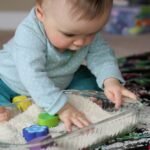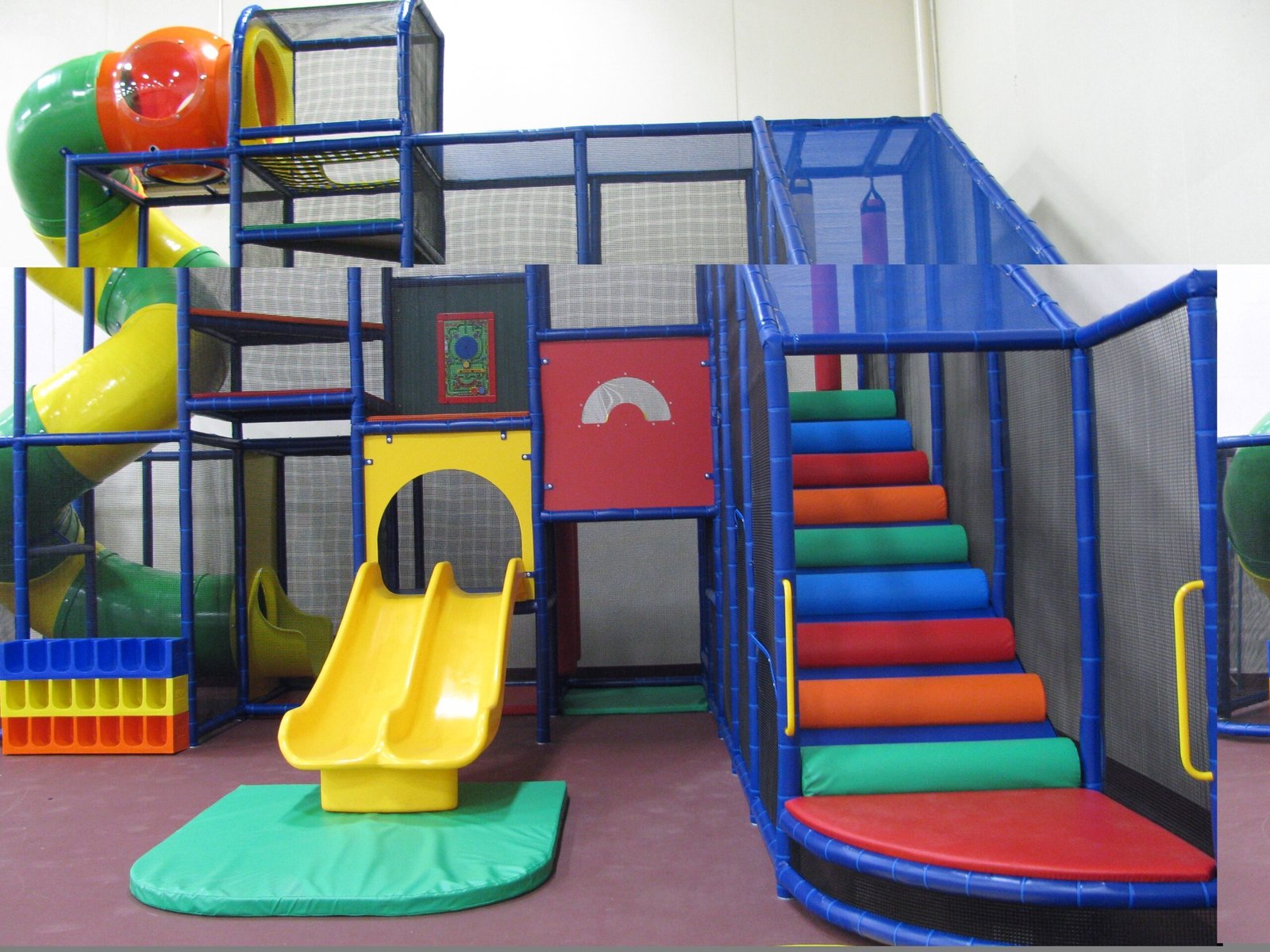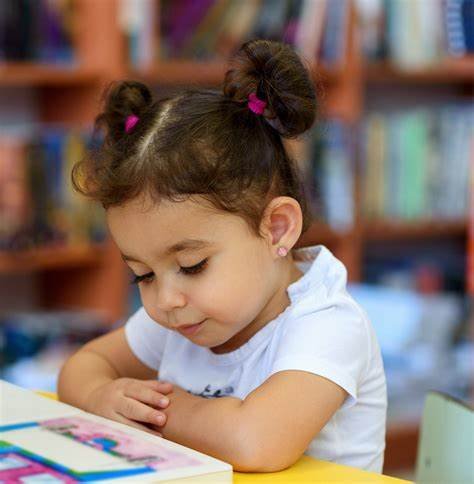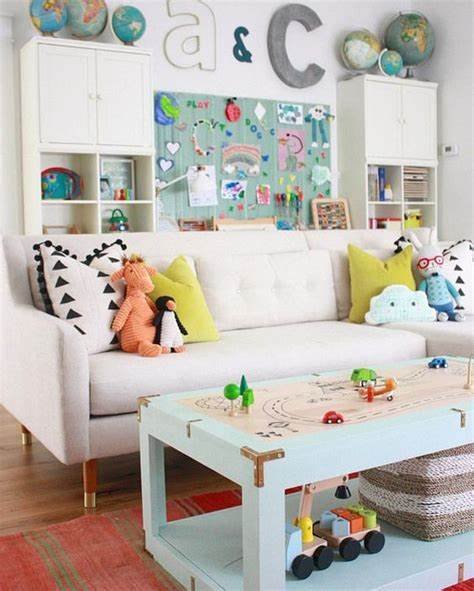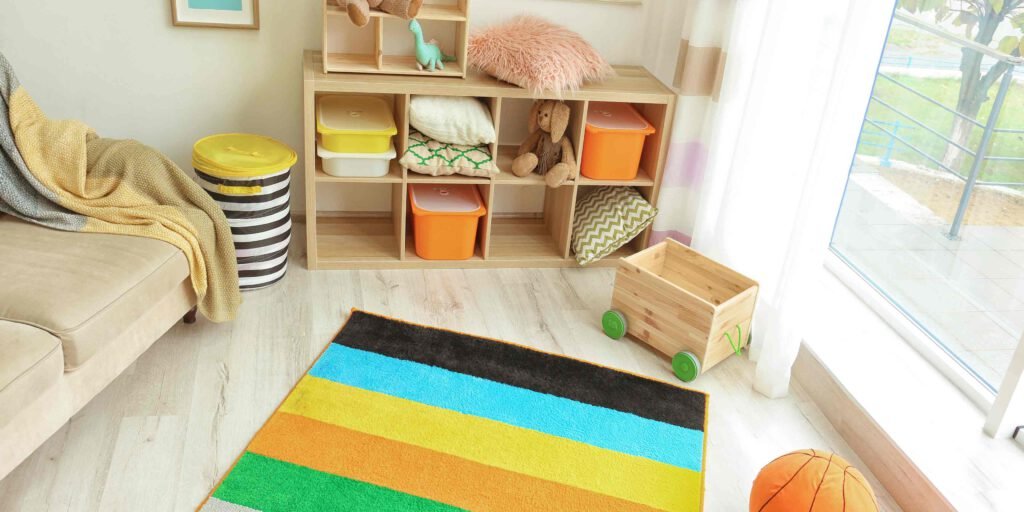Creating a fun and functional play space in a small home can seem challenging, but it’s entirely possible with smart planning. Indoor play spaces help children learn, explore, and stay active, even in tight quarters. Here are some practical and creative ideas to make the most of limited space.
1. Transform a Corner into a Play Nook
Corners are often underutilized, making them ideal for a mini play zone.
- Place a small tent or teepee to create a cozy hideaway.
- Add soft cushions, a rug, and a few favorite toys.
- Use hanging baskets or wall-mounted shelves for easy toy storage.
2. Utilize Vertical Space
When floor space is limited, go vertical.
- Install floating shelves to display books and toys.
- Hang a pocket organizer on the back of a door for craft supplies.
- Use a wall-mounted chalkboard or whiteboard for creative activities.
3. Create a Foldable Play Area
Foldable setups work wonders in small spaces.
- Opt for a foldable play mat or soft tiles that can be stored after use.
- Use stackable bins for toys and games to minimize clutter.
- Consider a collapsible activity table or easel for arts and crafts.
4. Make Use of Multipurpose Furniture
Dual-purpose furniture can double as a play space.
- Choose a sofa with hidden storage for toys.
- Use an ottoman or coffee table with a lift-up lid for puzzles and games.
- Invest in a bunk bed with a built-in play area underneath.
5. Create Zones for Activities
Divide the play space into small zones for different activities.
- Dedicate one corner to reading with a beanbag and bookshelf.
- Set up a mini art station with washable markers and paper.
- Include a spot for pretend play, like a small kitchen set or tool bench.
6. Incorporate Sensory Play Elements
Sensory play can be compact yet engaging.
- Use a sensory bin filled with rice, beans, or water beads.
- Create a quiet corner with textured blankets and soft toys.
- Hang a mobile or light projector to stimulate visual interest.
7. Bring Nature Indoors
Nature-inspired elements add freshness to indoor spaces.
- Add small potted plants or faux greenery to the play area.
- Use natural materials like wooden toys or a small sandbox tray.
- Incorporate a DIY indoor garden for children to grow herbs or flowers.
8. Rotate Toys Regularly
Toy rotation keeps the play area interesting without adding clutter.
- Keep some toys in storage and swap them out every week.
- Focus on multi-functional toys like building blocks or magnetic tiles.
- Use labeled bins to organize toys by category for easy access.
9. Add Movement with Compact Equipment
Keep kids active with space-saving exercise tools.
- Include a small trampoline or balance board for physical play.
- Use a yoga mat for stretches and simple exercises.
- Hang a swing or climbing rope from a sturdy doorway frame.
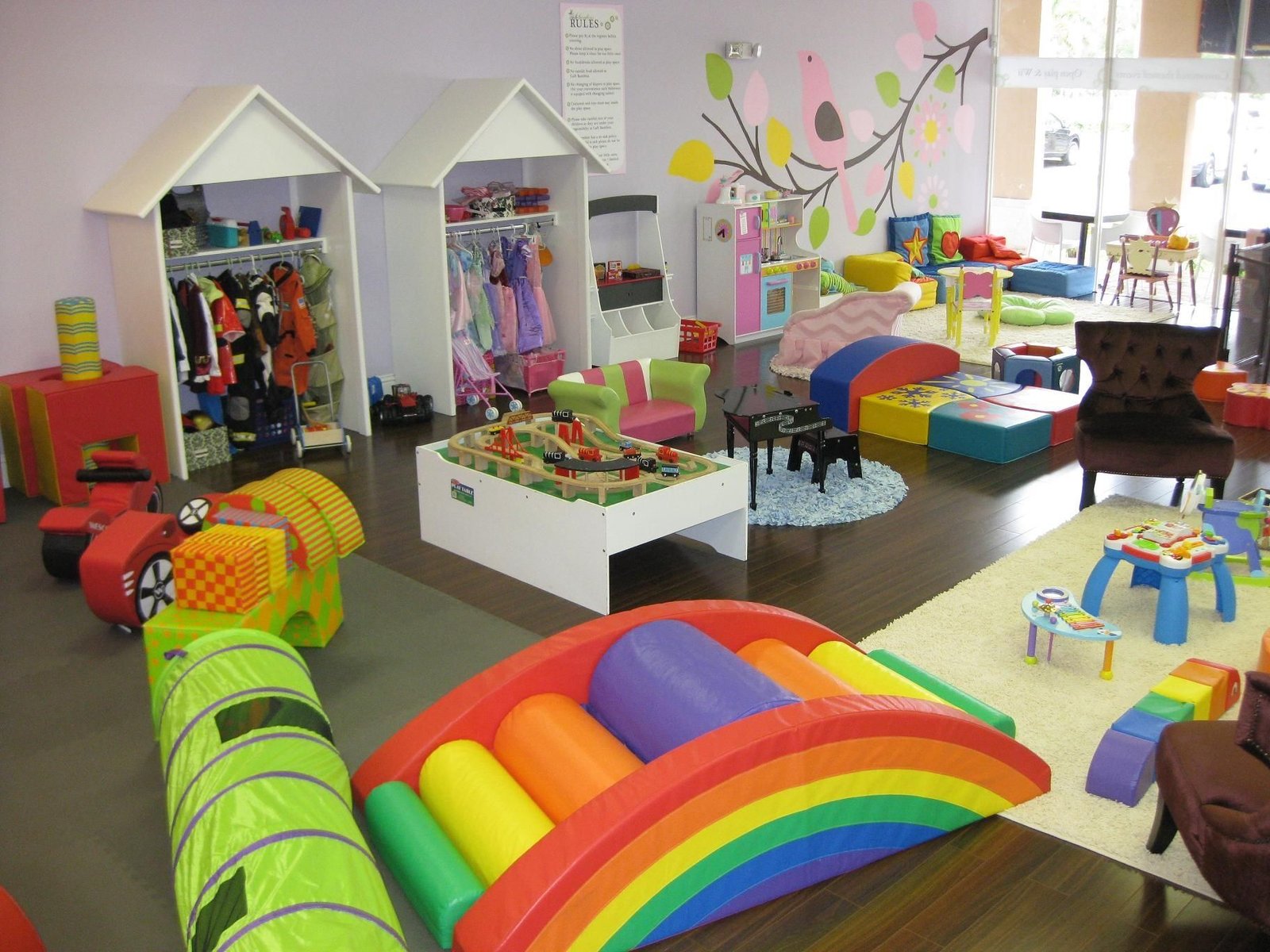
10. Personalize the Space
Adding personal touches makes the area feel special.
- Decorate with child’s artwork or framed family photos.
- Use themed decorations like animals, outer space, or a favorite color scheme.
- Let kids help choose the setup to make them feel involved.
Conclusion
With creativity and thoughtful design, you can create a playful oasis in even the smallest of homes. Use smart storage, versatile furniture, and personalized touches to make the space engaging and functional. Indoor play spaces keep kids entertained, learning, and happy, no matter the size of your home.



